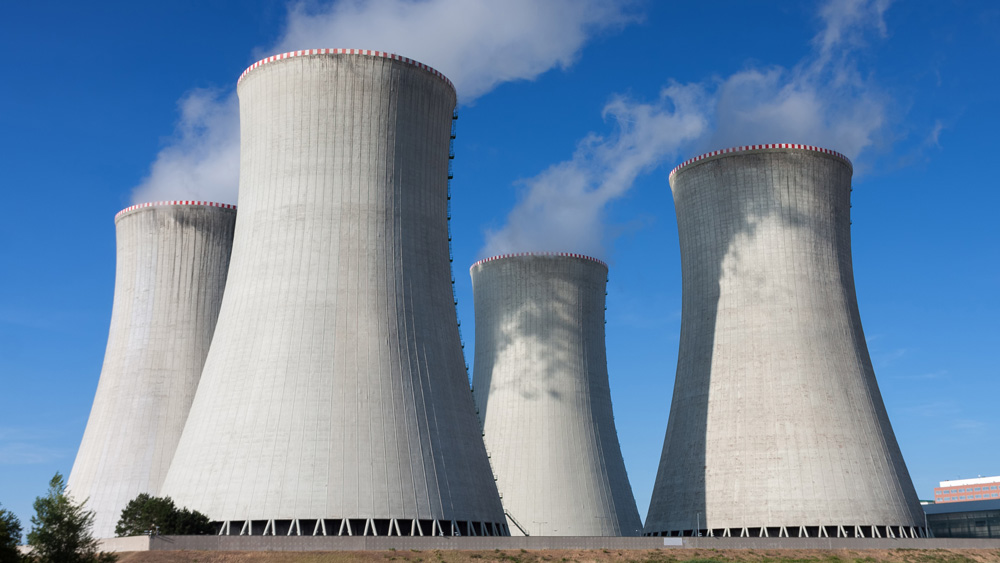
Nuclear power is an alternative form of energy that is used globally to power infrastructure, develop medical equipment and create manufactured weapons. While much of the population benefits from nuclear energy, there are still complexities surrounding how emitted radioactive waste should be disposed of safely and efficiently. This is what Dr. Marcelo Castilla Sanchez, a professor in the Zachry Department of Civil Engineering at Texas A&M University, is striving to solve with his nuclear waste disposal research.
Sanchez was awarded $600,000 for his project from the Department of Energy (DOE)’s Nuclear Energy University
High-level radioactive wastes are a byproduct of the reactions that occur inside nuclear reactors and nuclear fuel that can no longer be efficiently used. The United States alone has generated more than 90,000 metric tons of nuclear waste. Currently, there is no permanent disposal site for nuclear waste, and until a solution is devised, the material is stored in reservoirs constructed at nuclear plant sites. Sanchez proposes that the DOE, or other agencies involved in the disposal, build a geological disposal site where a shaft will be installed 500 feet below ground level and lead to a system of galleries where tunnels will branch out and encase each cylindrical capsule containing radioactive material. The capsule will be designed out of a high-quality rock and a clay barrier will lie between the canister itself and the waste material.
“We will use clay as the barrier simply because it’s relatively easy to manufacture, it’s economical and it fulfills all the functions required for a safe waste disposal,” said Sanchez. “The conceptual design is like an onion with its different layers; you have the radioactive material, then the canister, then the clay barrier and then finally the rock surrounding the whole thing. Each layer contributes to the isolation of the pollutant waste.”
The U.S has spent several decades and billions of dollars on researching potential sites for a permanent disposal site. According to Sanchez, there are still aspects that need more research to gain a better understanding
“We hope that the chemical processes that might develop in the future won’t have a negative effect on the clay,” said Sanchez. “We have an excellent knowledge in producing gas, oil, water, et cetera from the ground, but now we are facing the opposite problem of isolating the ground conditions that will prevent and delay the flow of water and gas migration from reaching the canister containing the nuclear waste.
“Despite the significant progress made in this area in the last few decades, it seems there is still more research that needs to be done need to achieve a safe and economical disposal of high active radioactive waste,” said Sanchez. “Our group will work hard to contribute to new knowledge in this complex subject with the goal of not transferring this unresolved problem to future generations.”